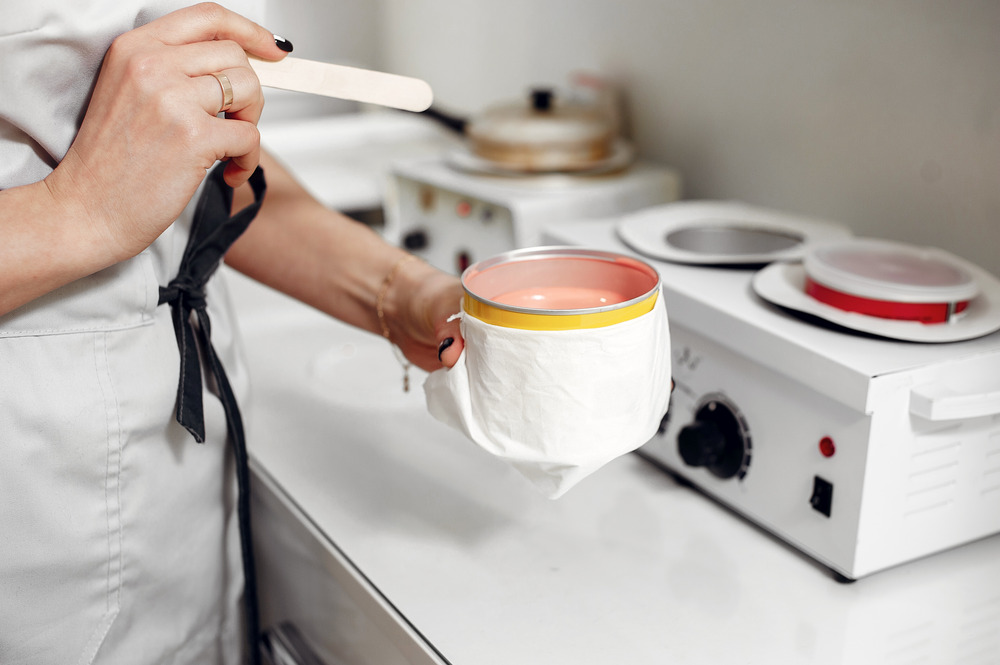Candle Wax Melting Temperature Tips for Flawless Candles
Understanding melting temperature is one of the important things you need to learn when you want to get serious about making candles. By knowing the right temperature, you will be able to produce smooth candles without cracks, make them burn evenly, and ensure that the scent of the candle can last longer. You need to know, that each type of wax has a different melting temperature and you cannot equate it. In this article, we will provide you with data related to candle wax melting temperature.

The Melting Point for Candle Waxes
1. Soy Wax
Soy wax is an eco-friendly material for candles and one of the most commonly used candle materials. If you want to make candles with this wax, you should know that the melting temperature for soy wax is around 49°C to 82°C (120°F to 180°F). To get perfect results, make sure you keep the set temperature not exceeding the limit. If that happens, your candle will not have a smooth texture.
You can actually melt soy wax with a method called Double Boiler. In this method, you can put the soy wax in a container and place the container over a pan of water that is being heated. In this way, the soy wax will melt, but it will not be exposed to direct heat. If you want to add fragrance oils or colouring, you can add them at a temperature of around 70°C (158°F) because the wax should be completely melted. Stir until evenly mixed and then pour the liquid wax into the mould.
2. Paraffin Wax
For those of you who want to make decorative candles with various shapes and perfect details, using paraffin wax is the right choice. That will happen if in making it you melt it at the right temperature. The melting temperature of paraffin wax is usually between 46°C to 68°C (115°F to 154°F). The higher or lower the temperature you use will affect the characteristics of the candle such as affecting the duration of burning and the durability of the candle when used.
To melt it, you can use the Direct Heat method. You only need to put the wax in a heat-resistant container and place it on the stove with low heat. While waiting for it to melt completely, stir slowly so that no lumps are created. When it reaches the optimal temperature of 60 ° C, you can add colouring or fragrance oil. If you don’t want the wax is crack when poured into a mould, make sure you cool the wax liquid for a while.
3. Beeswax
Besides soy wax, another eco-friendly wax is Beeswax. This material is popular for many people because it can emit a natural honey aroma when burned. However, this distinctive aroma can be lost if you are not careful in the manufacturing process, especially when melting this wax. Keep in mind that the melting temperature of beeswax is around 62°C to 64°C (144°F to 147°F).
To melt it, you can apply the Indirect Heating method using a slow cooker. First, you can cut the beeswax into small pieces and then put it in a container that is heated slowly. This will prevent the beeswax from receiving high temperatures that can damage the wax.
4. Coconut Wax
If your goal is to make aromatherapy candles, coconut wax is the right wax for you to use because this material is able to hold and release aromas very well. The end result of this candle is greatly influenced by the melting process. The melting temperature for coconut wax is around 37°C to 43°C (98°F to 110°F). This makes coconut wax the easiest wax to melt among various types of wax.
To melt it, you can immediately put the coconut wax pieces into a pan and heat it over low heat. Because it melts easily, make sure you keep stirring it so that it melts evenly without being exposed to excessive heat. You can also use a candle thermometer to make sure the temperature is within the recommended range.
Understanding candles melting points is essential to the candle making process, regardless of the type of wax used. Every type of wax, from soy wax to coconut wax, has a different melting point and requires the right melting technique to produce a high-quality candle. With this knowledge, you can create the perfect candle, both in terms of appearance and performance.
